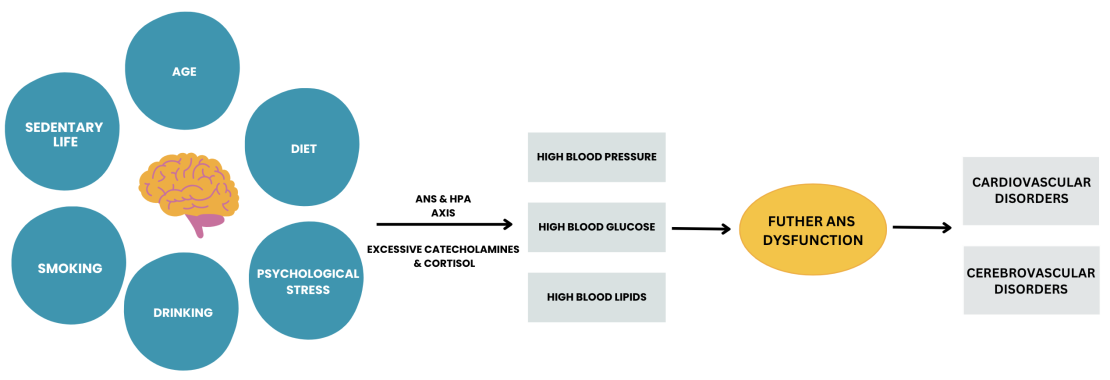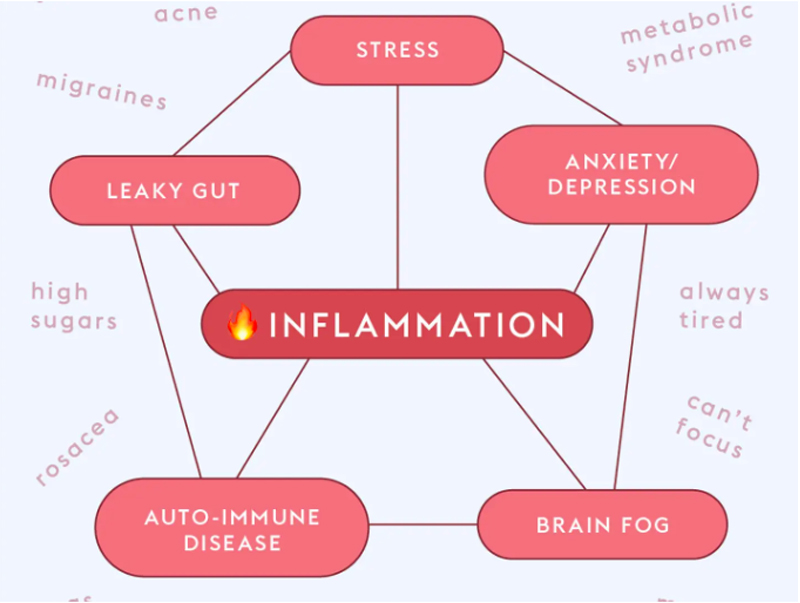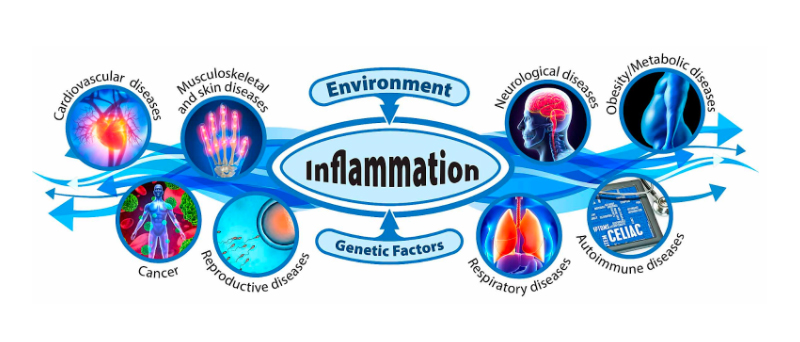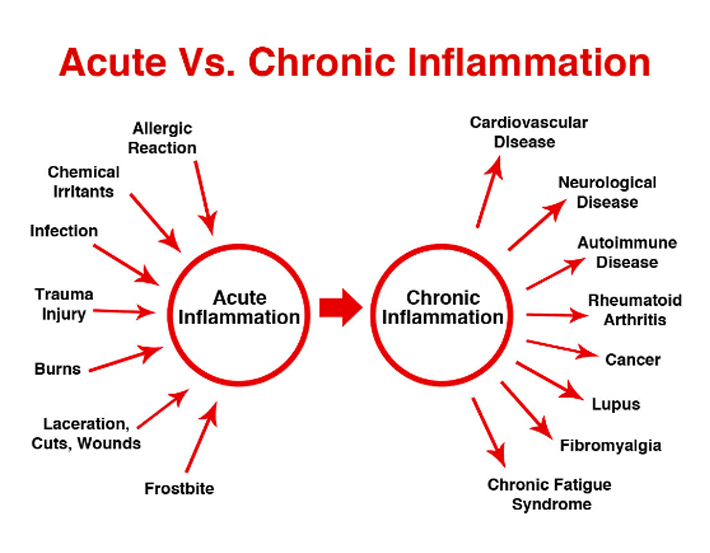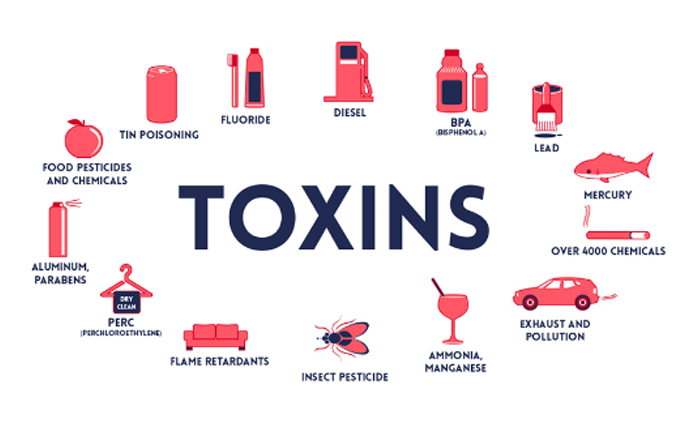Menu
Menu
Close
- Home
- Ethos
- IC4 Kids
- Practitioners
- Services
- HBOT
- Chiropractic
- Osteopathy
- Naturopathy & Herbal Medicine
- Functional Dentistry
- Quantum Energy & Light Therapy
- HOCATT
- Near & Far Infrared Sauna
- Electro Lymphatic Enhancement Therapy
- Digital Infrared Thermal Imaging
- Vitamin IV Drip
- Sleep 4 Health
- Plantar Fasciitis & Heel Spur
- Pain Management
- Men’s Sexual Health
- QEEG Brain Mapping
- Cellulite Reduction
- Platelet Rich Plasma
3. Cognitive
4. Quantum Frequency Health
5. Emotional Health
6. Spiritual Health
- Oxygen4Life
- Our Team
- Insights
- Contact us
- Home
- Ethos
- IC4 Kids
- Practitioners
- Services
- HBOT
- Chiropractic
- Osteopathy
- Naturopathy & Herbal Medicine
- Functional Dentistry
- Quantum Energy & Light Therapy
- HOCATT
- Near & Far Infrared Sauna
- Electro Lymphatic Enhancement Therapy
- Digital Infrared Thermal Imaging
- Vitamin IV Drip
- Sleep 4 Health
- Plantar Fasciitis & Heel Spur
- Pain Management
- Men’s Sexual Health
- QEEG Brain Mapping
- Cellulite Reduction
- Platelet Rich Plasma
3. Cognitive
4. Quantum Frequency Health
5. Emotional Health
6. Spiritual Health
- Oxygen4Life
- Our Team
- Insights
- Contact us

